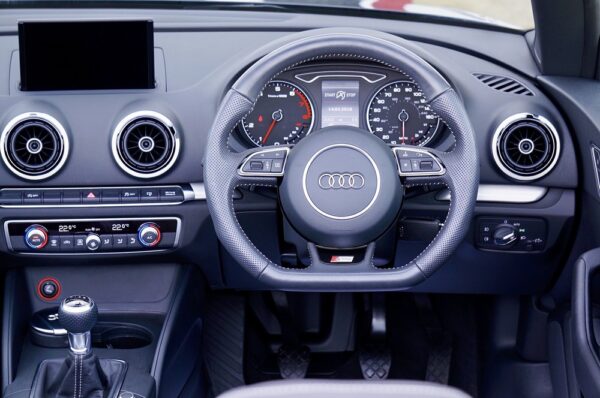Have you ever driven with the handbrake on? It might seem like a harmless mistake, but it can have significant consequences for your car’s health and performance. In this blog, we’ll delve into the disadvantages of driving with the handbrake engaged, the potential effects on your vehicle, and how you can prevent this common error.
[wcpcsu id=”1839″]
Disadvantages of Driving with the Handbrake On:
- Excessive Wear: Keeping the handbrake engaged while driving causes friction between the brake components, leading to faster wear and tear. This can result in costly repairs over time.
- Reduced Fuel Efficiency: The added friction caused by the engaged handbrake puts extra strain on the engine, leading to decreased fuel efficiency and higher fuel consumption.
- Overheated Brakes: Continuous friction generates heat, causing your brake components to overheat. This can result in reduced braking efficiency and, in extreme cases, brake failure.
- Uneven Brake Pad Wear: Driving with the handbrake on can lead to uneven wear on your brake pads, which can compromise your vehicle’s braking performance and safety.
Effects on Your Car:
- Brake Damage: The most immediate effect of driving with the handbrake on is damage to your braking system, including the brake pads, rotors, and calipers.
- Transmission Strain: In automatic cars, driving with the handbrake on can strain the transmission, leading to increased wear on the transmission bands and torque converter.
- Wheel Damage: The extra resistance caused by the engaged handbrake can put strain on your wheels, affecting their alignment and causing uneven tire wear.
Preventing Driving with the Handbrake On:
- Check Indicator Lights: Some vehicles have indicator lights that warn you if the handbrake is engaged. Always pay attention to these lights before driving.
- Develop a Routine: Make it a habit to release the handbrake before starting your engine. This can become part of your pre-driving routine.
- Be Mindful: After parking, take a moment to double-check that the handbrake is fully released before you set off.
What to Do If You’ve Driven with the Handbrake On:
- Pull Over Safely: If you suspect you’ve driven with the handbrake on, find a safe spot to pull over.
- Cool Down: Allow your brakes to cool down by keeping the car stationary for a while. This can prevent further damage.
- Check for Damage: After cooling down, inspect your brakes for any signs of damage, overheating, or unusual odor.
[wcpcsu id=”1839″]
In conclusion, driving with the handbrake on is a mistake that can lead to a range of negative effects on your vehicle. Regular maintenance, awareness, and developing good habits are essential to prevent this error. Remember, a small effort can go a long way in ensuring the longevity and performance of your car.

